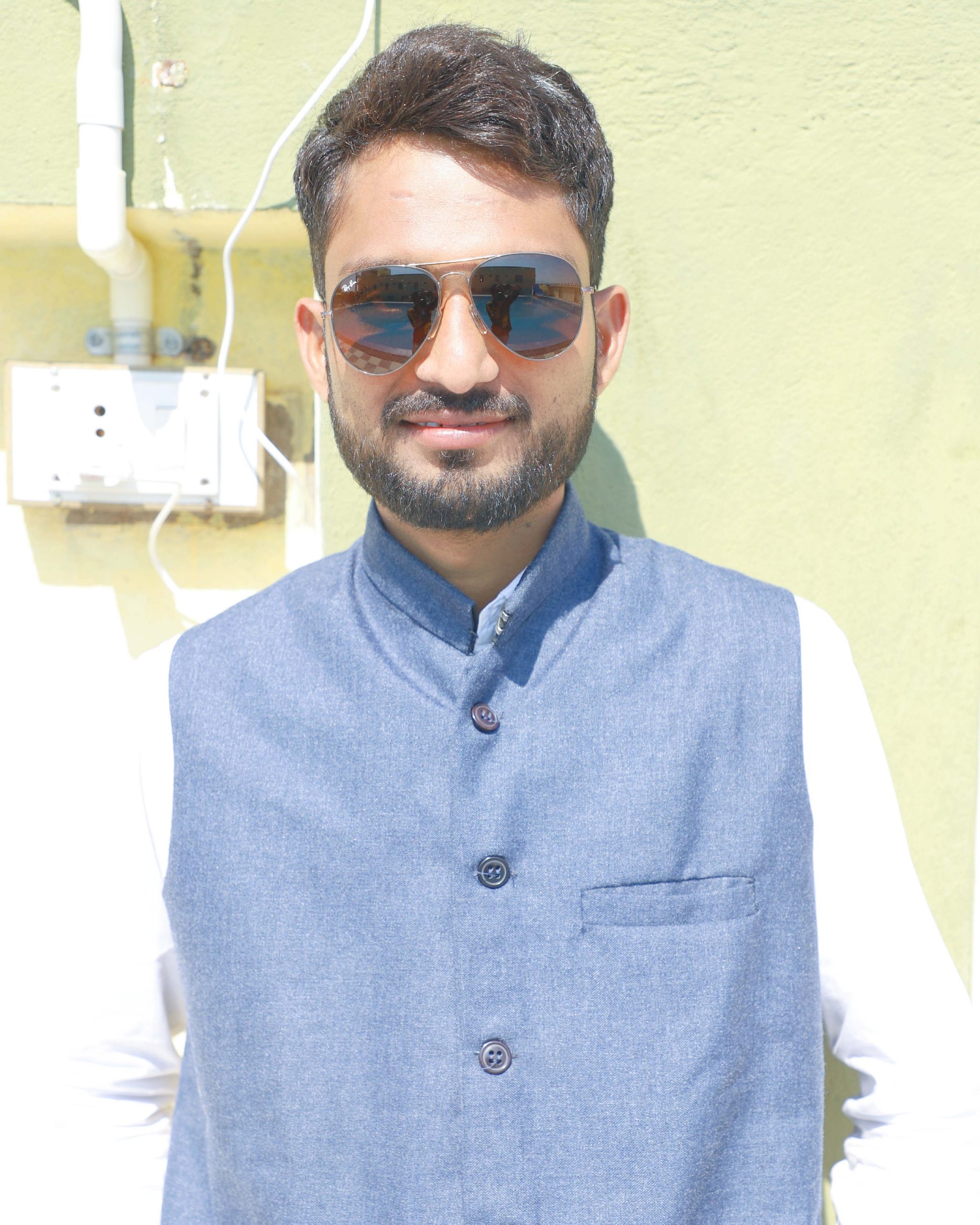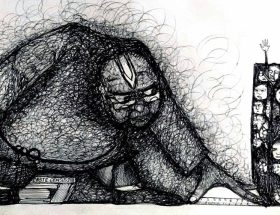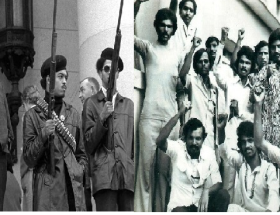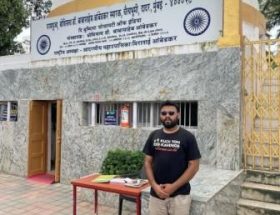Neeraj Bunkar
In a previous article for Round Table India, I analysed the depiction of caste dynamics in Season 2 of the web series ‘Panchayat’. The series portrayed a village dominated by ‘upper caste’(Brahmins), while Dalits are depicted as struggling to secure basic amenities, such as toilets. This is exemplified through the character of Vinod, who is manipulated by Bhushan Kumar Sharma to settle scores with Brij Bhushan Dubey.
In response to significant criticism for its portrayal of a Brahmin-centric village—by Brahmins, of Brahmins, and for Brahmins—Season 3 of ‘Panchayat’ attempts to introduce more characters from marginalized backgrounds (Dalits). While Season 2 featured Vinod, Season 3 introduces Jagmohan. However, the visual depiction of these characters remains unchanged. Jagmohan resides on the outskirts of the village in a small, single-room house with his elderly mother, wife, and son.
In Season 2, Vinod is portrayed as a pawn of Bhushan Kumar Sharma, attempting to disgrace the village by defecating in the open on the day of an inspection, thus tarnishing its status as a defecation-freevillage. In the current season, while Vinod continues to be manipulated by Bhushan Kumar Sharma, Jagmohan is portrayed as engaging in fraudulent activities to obtain a free house under the ‘PM Gareeb Awas Yojana’ scheme. He sends his mother to the village secretary’s office to facilitate this deception, involving his mother and wife in the fraud. When their deceit is uncovered by the village secretary and other Panchayat officials, Brij Bhushan Dubey, the former village head and husband of the current head, derogatorily refers to him as a harāmī (scoundrel).Again, in the narrative, Jagmohan agrees to a scheme to save Brij Bhushan Dubey’s reputation, receiving a house in return. However, the condition is that he must live separately from his mother to avoid suspicions of favouritism in the village. Observing his mother living in a hut, Jagmohan begins to question his moral compass. He confides his feelings to Prahalad Pandey, who intervenes. Pandey takes Jagmohan’s mother into his home and helps her understand that while the fraudulent act might secure a house, it destroys familial bonds and relationships. She realizes her mistake and is moved to tears alongside Pandey.
When Jagmohan’s mother falls ill, the lack of community support becomes evident, as no one in their locality possesses a vehicle to take her to the hospital. Jagmohan contacts the village secretary, Tripathi, who seeks help from Prahalad Pandey. Pandey not only assists but also covers the medical expenses, which leaves Jagmohan feeling eternally grateful.
This scenario raises critical questions about the portrayal of morality and realization coming exclusively from ‘upper caste’ individuals. It appears that they are positioned as saviours in all respects. When Jagmohan’s mother engages in fraudulent activity, she is used for the benefit of the ‘upper caste’ individuals. Conversely, when seeking to rectify her actions and gain societal acceptance, she and her family again requires the intervention of a Savarna saviour.
Following the relinquishment of the house by Jagmohan’s mother, Vinod and Madhav argue over who is more deserving of it, mirroring Vinod’s previous struggles over a toilet seat in the last season. Notably, similar struggles among other characters are not depicted.
To avoid criticism, this season, like the last, features characters depicted as casteless poor—Vinod, Madhav, Jagmohan, and Bambahadur—while nearly all ‘uppercaste’ characters are identified by their surnames. Just imagine a scenario where the village secretary is from the Dalit community; you will notice how significantly the village dynamics would change.
Thus, the creators continue to depict marginalized characters as poor, hapless, wretched, and fraudulent/villain. Despite the inclusion of more subaltern subjects, their representation remains largely negative and stereotypical.Like, they appear to be the only group lacking proper conversational etiquette and appropriate dress. They struggle to access basic necessities, frequently become involved in fraudulent activities, and are often seen as subservient to the ‘uppercastes’. Their living conditions are extremely impoverished, resembling those of vagabonds without any societal ties. Consequently, they live at the mercy of the caste Hindus.
~~~
Neeraj Bunkar(neeraj.bunkar2021@my.ntu.ac.uk) is a PhD Scholar at the Department of English, Linguistics, and Philosophy in Nottingham Trent University, United Kingdom, with a specific interest in caste, Dalit issues, and cinema










